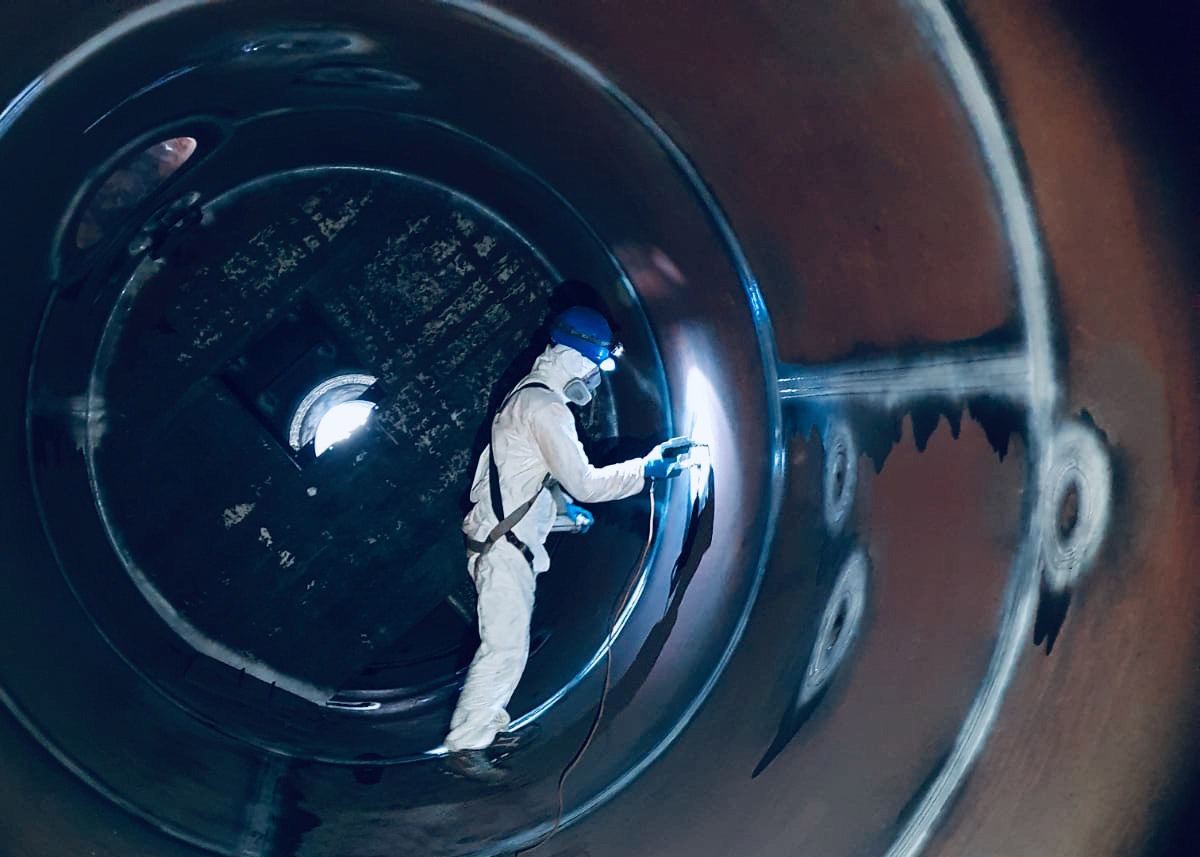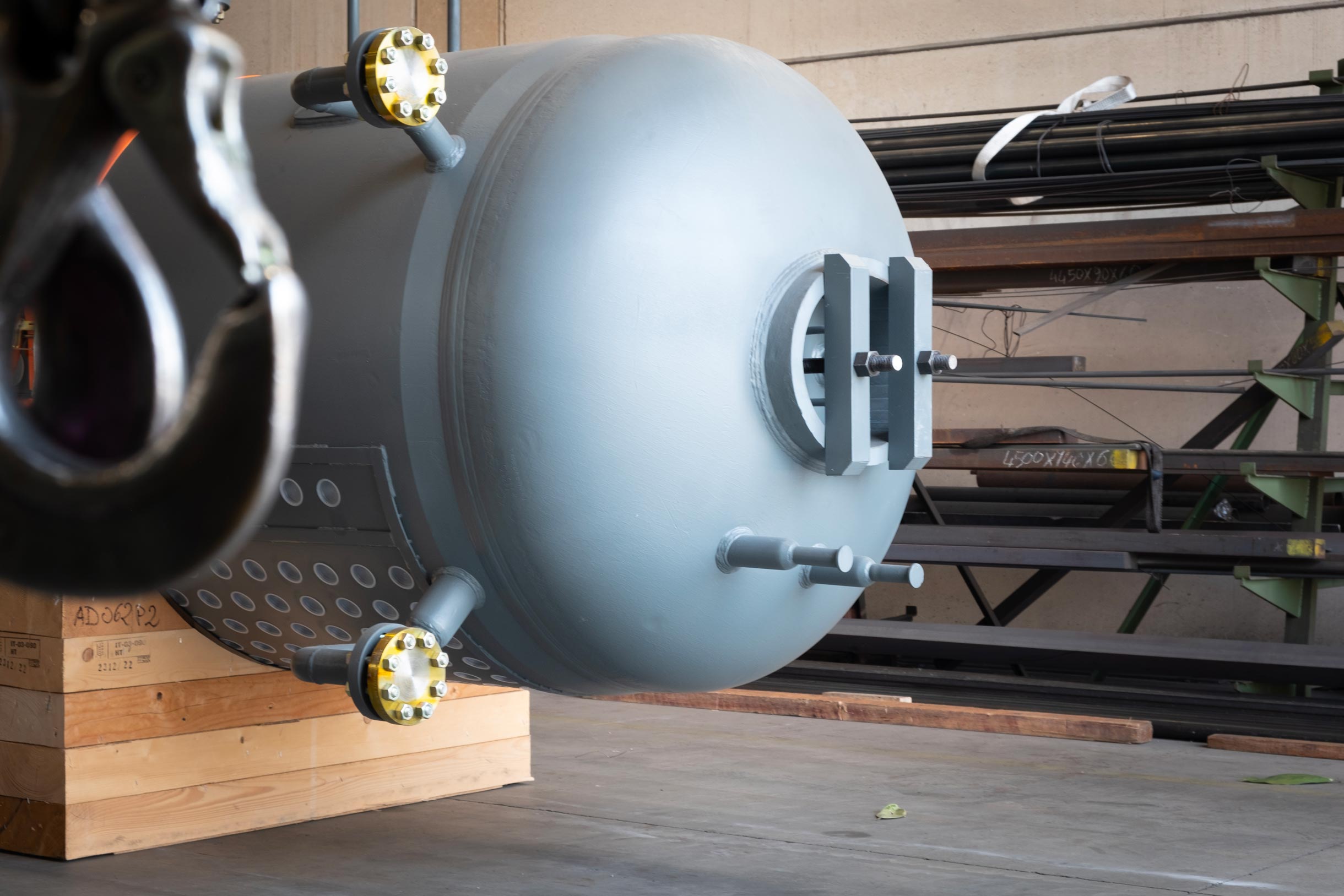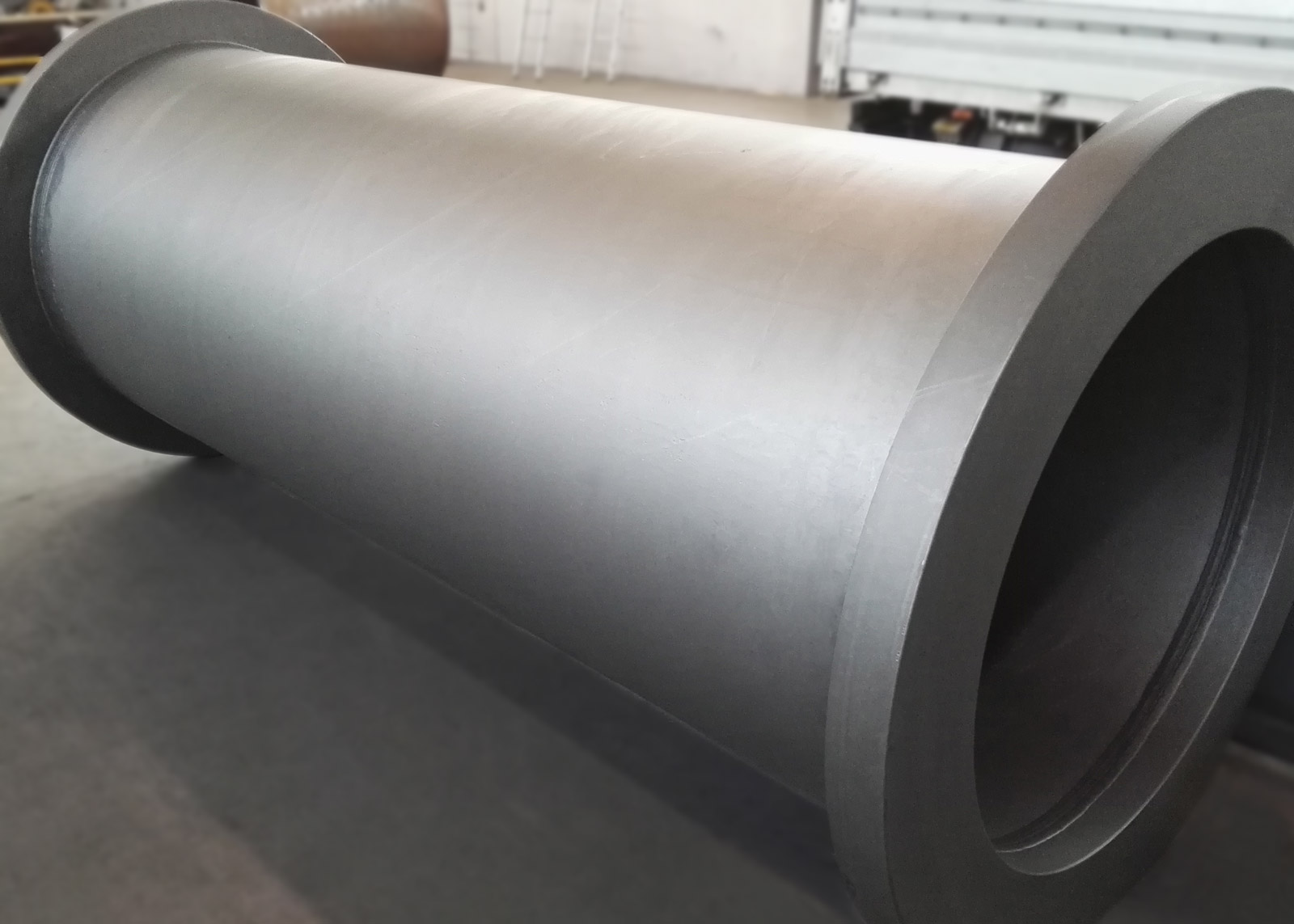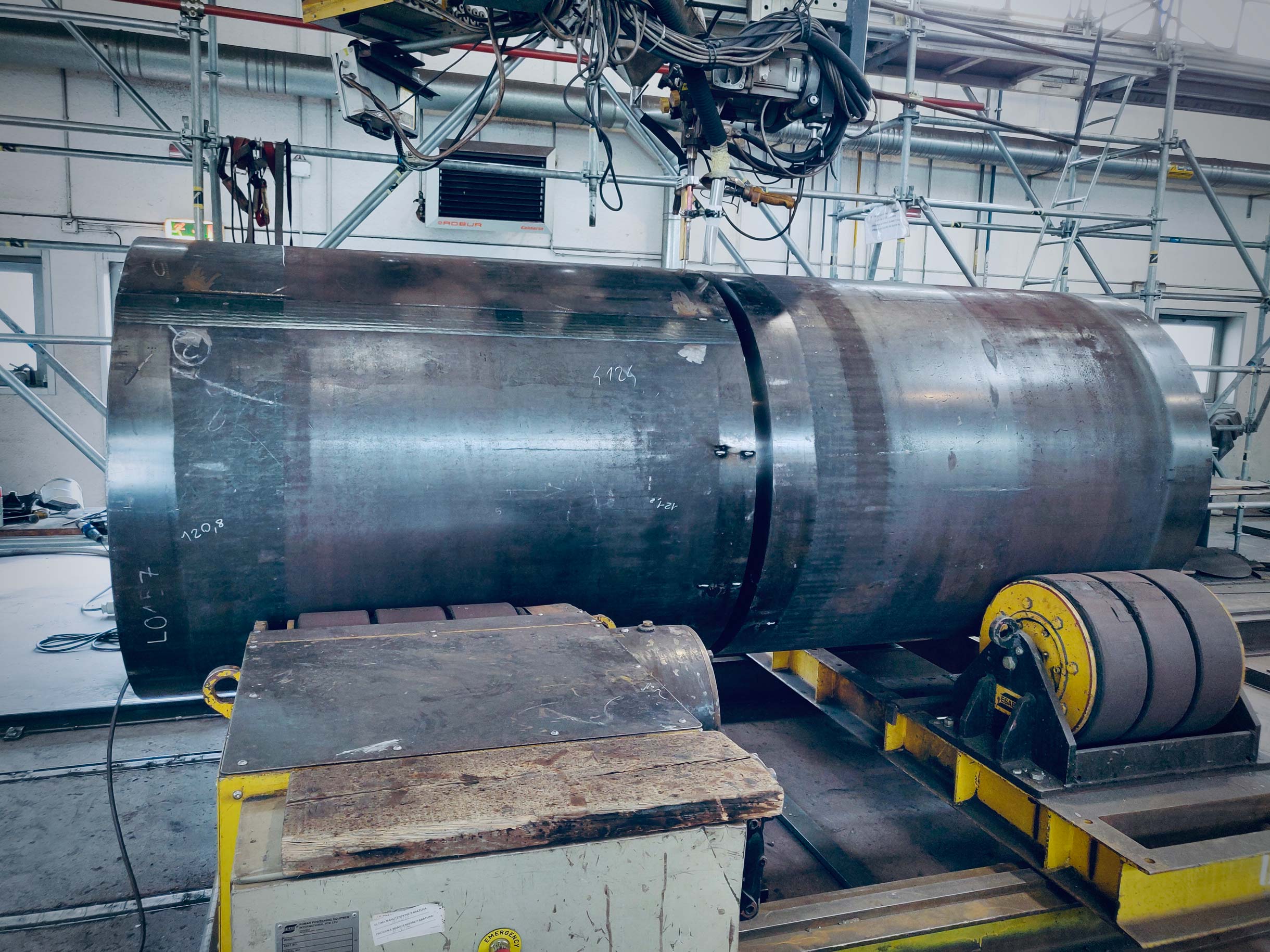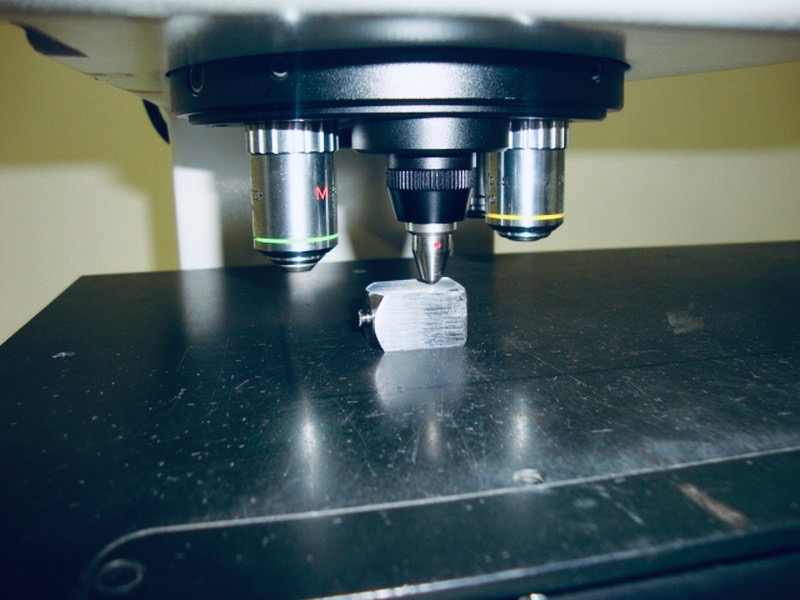Rolling
Steel for sheet metal
The rolling of steel for sheet metal, a type of steel widely used to create sheet metal components and structures, is applied in the production of boilers, tanks, heat exchangers, pressure vessels, ducts, and other artifacts used in the boiler industry. Its choice is motivated by the combination of considerable strength, ductility, and ease of processing, making it ideal for common processes such as forming and welding, which are fundamental in sheet metal processing.


P265 – P275 – P355 – A516 gr.60/70 are just a few of the rolled sheet metal steels offered by Sidertaglio Calandratura. The rollable thickness for this type of material ranges from 8 to 160mm. This range may vary depending on multiple structural and production factors.
to
The diameter-to-thickness ratio can determine the feasibility of a rolled product. Our technical office is at your disposal to provide information and technical details.



Quality control and precision.
Quality control and precision.
At Sidertaglio Calandratura, when we refer to welding, we mean a Submerged Arc Welding (SAW) process, either longitudinal or circumferential, that can be performed on all major construction materials or pressure vessels. Each rolled tube undergoes non-destructive testing and complies with ASME, AFNOR, EN, DIN, AWS, and AD regulations.




Certification
It is important for us to deliver safe and guaranteed work. Believing in this, we have obtained ISO 3834-2:2005 certifications and ASME MARK PRT Sez. I and VIII Div.1, which attest to the quality of our products. The individuals working with us are well-prepared to adhere to and comply with ASME, AFNOR, EN, DIN, AWS, AD and AD2000 regulations. We collaborate with various sectors, from mechanical to naval, from petrochemical to mining, which are subject to inspections and verifications by organizations such as I.I.S. – Ri.Na. – Lloyd’s Register.
Diagnostics
With high precision. Thanks to advanced inspection tools, we ensure a product of the highest quality and safety. Each welded tube can undergo non-destructive testing, including X-ray Radiographic Testing (RT), Ultrasonic Testing (UT), Mechanized Ultrasonic Testing (UT TofD), Magnetic Particle Testing (MT), and Liquid Penetrant Testing (PT). This allows us to maintain high-quality standards and provide a safe product with targeted inspections.


Additional services
Additional services
Additional services
A 360-degree service to meet every customer’s
need for the processing of thick sheet metal.
A 360-degree service to meet every customer’s need for the processing of thick sheet metal.








